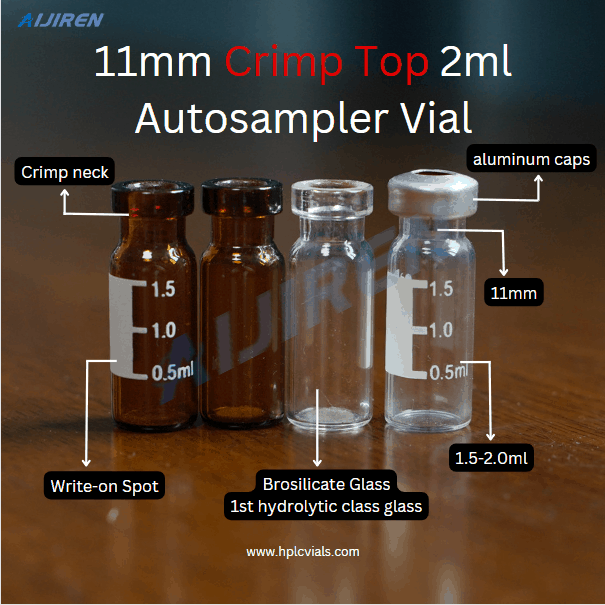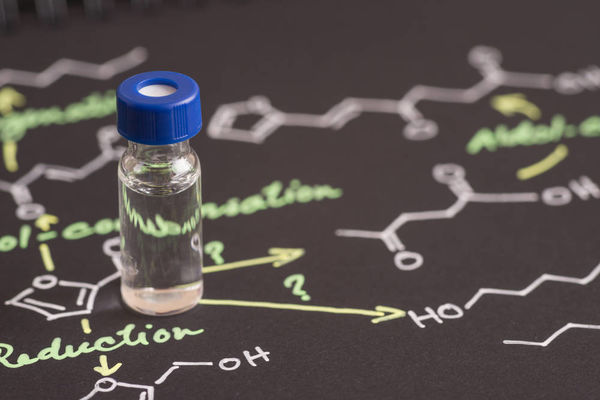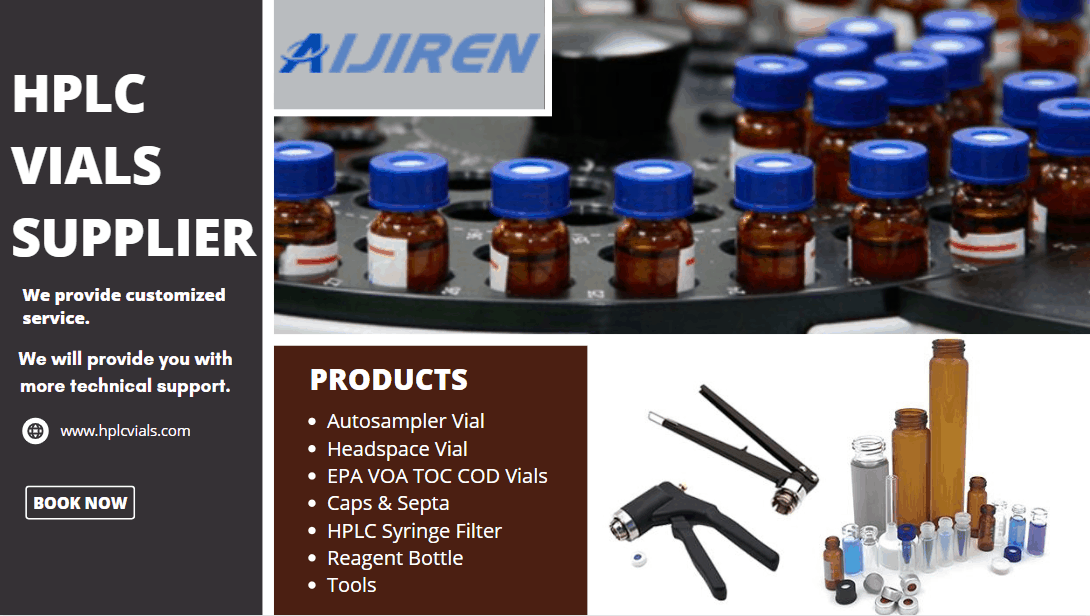Do you know how to dispose of HPLC vials?
High-Performance Liquid Chromatography (HPLC) vials play a pivotal role in analytical laboratories, facilitating precise sample analysis. However, as with any consumable, the proper disposal of HPLC vials is a crucial consideration to minimize environmental impact and adhere to responsible laboratory practices. In this exploration, we delve into eco-friendly approaches and guidelines for the responsible disposal of HPLC vials, ensuring that scientific progress aligns harmoniously with environmental stewardship.
1. Understanding the Composition: The First Step Toward Responsible Disposal
HPLC vials are commonly manufactured from materials such as borosilicate glass or various polymers. Understanding the composition of the vials is the initial step in determining the most eco-friendly disposal method. Borosilicate glass, known for its recyclability, can be directed to glass recycling streams, while polymer vials may require alternative disposal methods.
2. Decontamination Protocols: Safeguarding Against Environmental Contamination
Before disposal, HPLC vials must undergo thorough decontamination to eliminate any residual chemicals or sample remnants. This process involves rinsing vials with appropriate solvents or cleaning agents, ensuring that any remnants are neutralized or removed. Decontamination protocols are crucial for preventing environmental contamination and ensuring that the waste generated is as inert as possible.
3. Recycling Borosilicate Glass Vials: A Sustainable Approach
Borosilicate glass, a common material for HPLC vials, is highly recyclable. Laboratories can collaborate with recycling facilities that accept glass materials. Before recycling, labels, caps, and any remaining contaminants should be removed. The cleaned glass vials can then be directed to glass recycling streams. Recycling glass not only conserves natural resources but also reduces energy consumption compared to the production of new glass.
4. Polymer Vials: Seeking Eco-Friendly Alternatives
Polymer vials, while not universally recyclable, can still be disposed of responsibly. Laboratories can explore waste-to-energy programs or incineration processes that adhere to environmental regulations. In some cases, polymer vials may be accepted in specific recycling streams, and laboratories should liaise with local waste management authorities for guidance. Responsible disposal of polymer vials involves finding eco-friendly alternatives to traditional landfill routes.
5. Separation of Components: Maximizing Recycling Efficiency
For vials with composite constructions, where different materials are integrated, laboratories should explore methods for separating components. This process enhances the efficiency of recycling by directing each material to its appropriate recycling stream. Maximizing recycling efficiency is a proactive step in minimizing the environmental footprint of HPLC vial disposal.
6. Reuse and Repurposing: Extending the Lifecycle
As part of a sustainable approach, laboratories can explore opportunities for reusing HPLC vials or repurposing them for non-analytical applications. Vials that have been thoroughly cleaned and decontaminated may find use in other scientific experiments or educational settings. Reuse and repurposing contribute to a circular economy, where materials are kept in use for as long as possible.
7. Compliance with Regulations: Navigating Legal and Ethical Frameworks
Laboratories must ensure compliance with local, regional, and national regulations regarding the disposal of laboratory waste, including HPLC vials. Familiarizing oneself with legal and ethical frameworks is essential to avoid any environmental or legal repercussions. Staying informed about waste disposal regulations ensures that laboratories uphold their responsibilities as environmentally conscious entities.
Conclusion: Embracing a Greener Future in Laboratory Waste Management
The responsible disposal of HPLC vials is an integral aspect of laboratory waste management, reflecting a commitment to environmental sustainability. Laboratories must adopt eco-friendly approaches such as recycling, decontamination, and responsible disposal of polymer vials. By embracing a green mindset and navigating legal and ethical frameworks, laboratories can contribute to a greener future while advancing scientific endeavors. As technology and awareness evolve, the journey toward more sustainable laboratory practices remains an ongoing commitment to environmental stewardship.
Back to List




